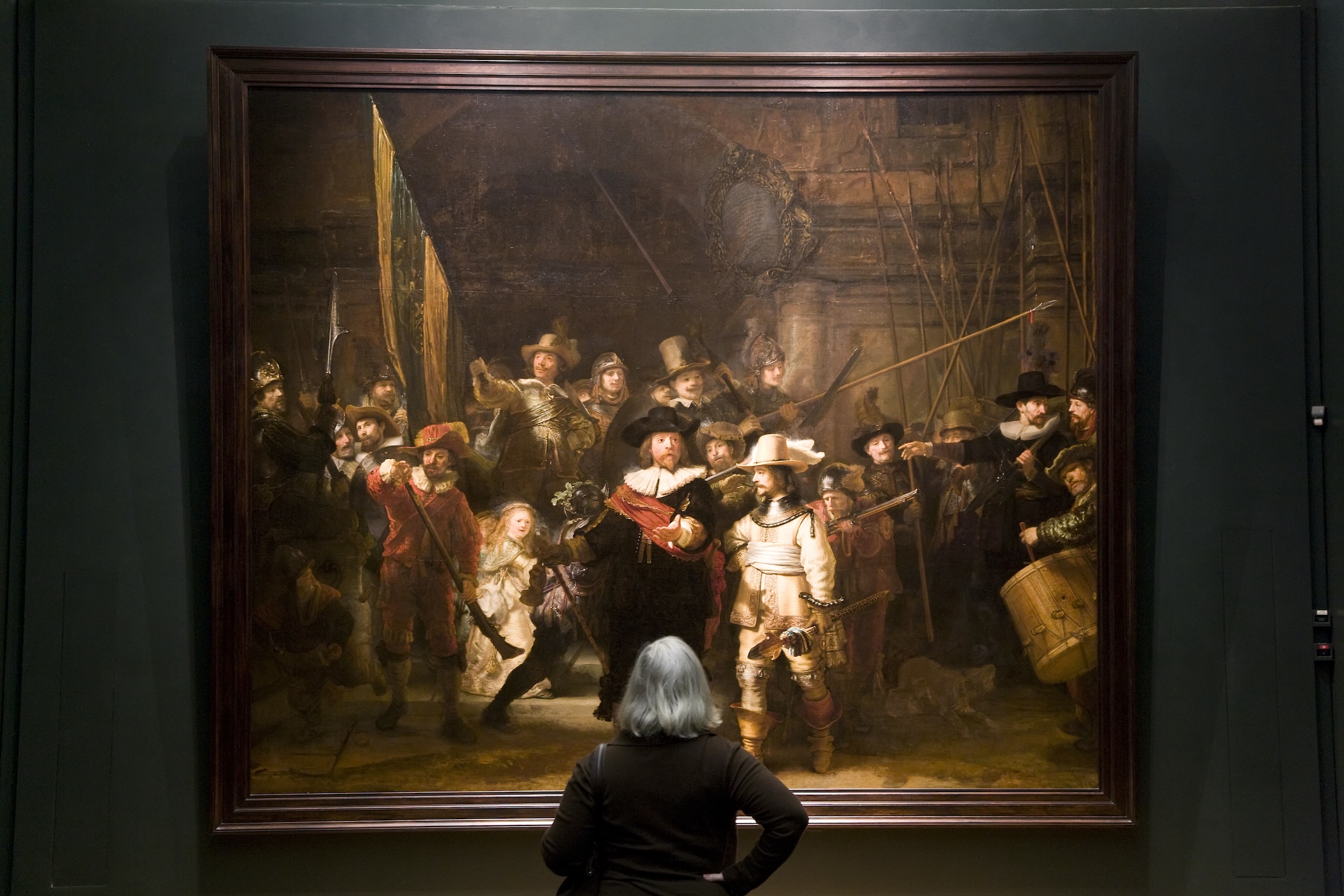Due to lack of interest, CableCard stalls
Two years after the introduction of the CableCard, which was designed to plug into any new television set in an effort to simplify cable installation and get rid of the clutter from the set-top box, the concept has stalled due to conflicting business interests, manufacturing costs and a lack of consumer response, the New York Times reported.
While 6 million CableCard-ready digital TVs have been sold to consumers, only 170,000 sets — less than 3 percent — are actually using a CableCard device. The rest are receiving digital cable and HDTV programming the more familiar way, through the cable company's rented set-top box, the newspaper reported.
Frustrated by the lack of consumer interest, many television manufacturers have sharply cut the number of CableCard-ready models. According to market research firm the Envisioneering Group, 80 percent fewer television models with CableCard are available this year than in 2005.
The Times said one factor may be a lack of incentives for cable companies to encourage CableCard use, since the companies collect monthly rental fees for set-top boxes and can also count each box as an asset on their balance sheets.
Another is that the current CableCard technology is limited-allowing only one-way communications. That means that advanced services, such as video-on-demand, pay-per-view and the cable operator's interactive program guide, still require a set-top box. Ian Olgeirson, an analyst with Kagan Research, told the newspaper that 45 percent of the nation's cable customers use set-top boxes that enable them to receive such digital services.
Two-way card technology that will work with advanced services is being developed, but the specifications are still being debated. Meanwhile, the one-way technology languishes, with some manufacturers faulting the cable industry for failing to promote and offer the product adequately.
The professional video industry's #1 source for news, trends and product and tech information. Sign up below.
